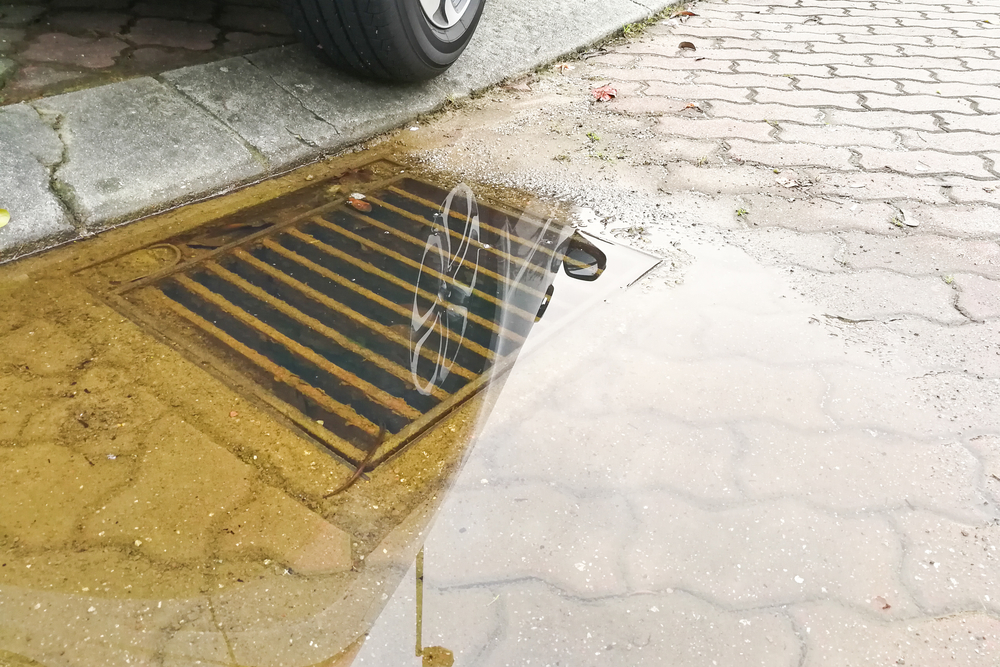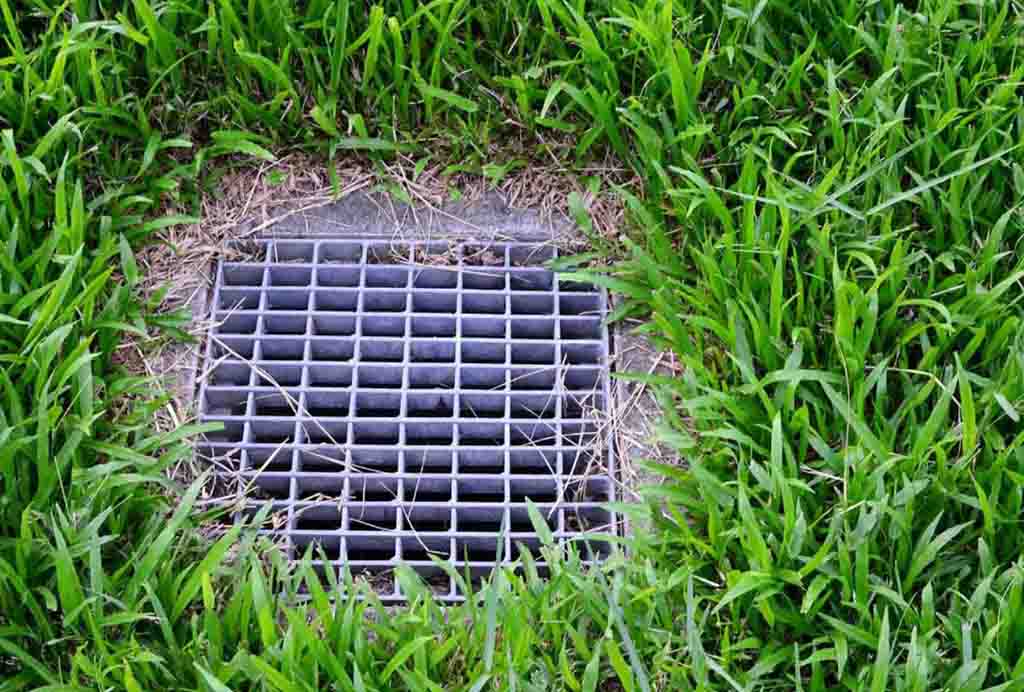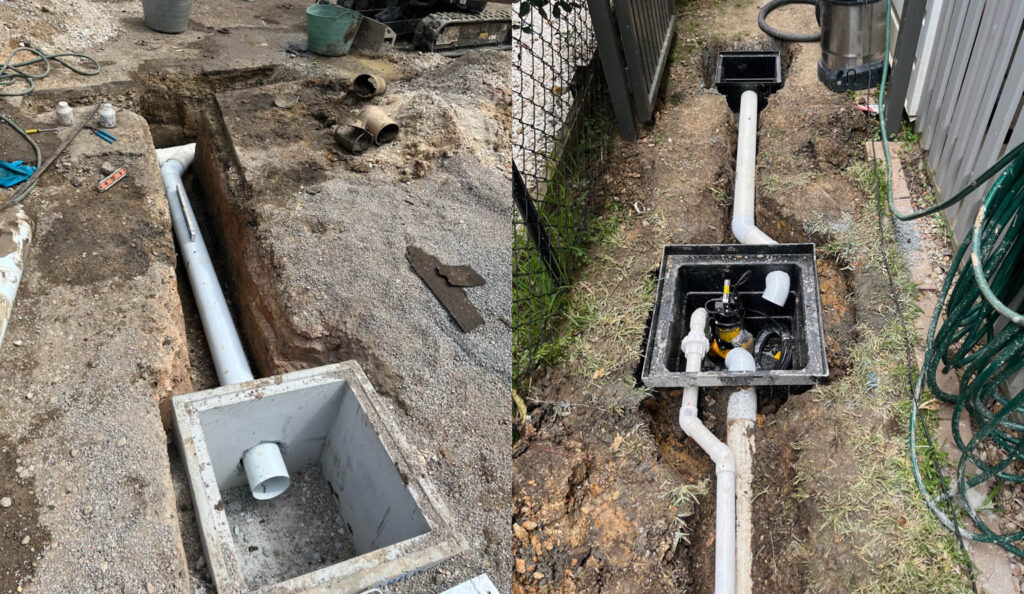While the community stormwater drains and connections are the responsibility of your local authorities, everything else is up to you – and that includes your own stormwater drains, gutters, downpipes, roof plumbing, pits and more. But do downpipes have to be connected to stormwater? It’s a question we’re asked a lot – so let’s dive in:
You may not give your Gold Coast property’s stormwater drainage system a lot of thought, but if you neglect it for too long and then the skies open with a fury, you’re not only risking your own property, belongings and foundations. You’re also endangering your neighbours’ property, the wider community and environment, and risk the wrath of your local authorities. But do your responsibilities extend to mandatorily connecting downpipes to stormwater? Let’s explore.
Do downpipes have to be connected to stormwater?
Whether you’re in Gold Coast, Tweed Heads or beyond, you won’t find a council across Queensland or NSW that doesn’t require property owners to:
- Maintain your own stormwater drains, pipes, stormwater pits, gutters & downpipes
- Keep all elements of your approved stormwater system in good working order
- Ensure runoff is effectively managed or diverted into community stormwater systems or inter-allotment infrastructure.
But what about those downpipes? We all know what they are: although they can be horizontal, we’re talking mainly about those vertical stormwater pipes that deliver water from your roof gutters to their downward destination. Now, obviously, you don’t want the stormwater to simply run out of the downpipes simply to pool, flood or run uncontrolled towards your foundations or the neighbours’ property. But do downpipes have to be connected to stormwater drains as a mandatory measure?
Before answering that, let’s take a look at the two most popular kinds of downpipe-to-stormwater connections:
- Gooseneck: Once the downpipe reaches ground level, a connector diverts the flow from alongside your property’s wall in a way that looks like the slender, curved shape of a real-life goose. In most cases, you never actually see the water as it flows directly into the drain system below.
- Collar & grate: Although the downpipe runoff may still be diverted out from the wall with a gooseneck connector, a collar & grate system – also known as an ‘open grill’ – means you do see the actual water as it exits the downpipe and enters the grill.
But let’s go back to that original question about whether connecting downpipe to stormwater is actually compulsory. The answer is technically no – as long as you can put a tick alongside each of these questions:
- Is your stormwater system properly designed?
- Are you keeping it maintained and working well?
- Is your stormwater affecting your neighbours at all?
- Does your stormwater either go to the kerb, an inter-allotment system, a drainage easement/reserve, a dam, tank or pond?
Connecting downpipe to stormwater with these tips
If you answered ‘no’ to any of those, the place you may need to start is with a direct or ‘open’ connection of that downpipe into the stormwater system. Before getting started, make sure:
1. Downpipes are well positioned
The best to install a downpipe is close to the valley gutters in your roof. These ‘valleys’ channel water from your roof to the gutters, and therefore should be close to the downpipe to relieve pressure from the gutters.
2. Follow the 12-metre rule
How many metres of gutter is that downpipe serving? If the answer is more than 12 metres of gutter, then that downpipe isn’t going to cope in a heavy downpour – so install another.
3. Secure those downpipes
Before getting started with the drain connection, ensure the downpipes are properly secured to whatever is holding them – like your property itself. Because once a storm hits, the wind blows and those downpipes fill up, you don’t want the connection to break or dislodge.
4. Leave no gaps
The thing about plumbing leaks, no matter where they are, is obvious: they leak! If big enough, even small gaps in the connections between gutter to downpipe, downpipe section to downpipe section and downpipe to stormwater may render your entire drainage design basically useless.
5. Choose your connection
As discussed earlier, your main choice when connecting downpipe to stormwater is the type of connection – direct or open. The one you go for depends largely on your preferences, and while an open grill may look better to some, only a direct connection ensures no spillage.
Need a Drain Master to pay you a visit?
Do you just want or need a professional to take care of your stormwater drainage system for you? Work with a friendly and fully-licensed local drainage plumber, we call ourselves Drain Masters Plumbing for a reason – because no matter what’s going on at your place on the Gold Coast or Tweed Heads, we can tailor and perfect the best and most affordable solution.
From the tip of your roof to those stormwater connections and beyond, we can deal with any repair, maintenance, full system installations, cleaning stormwater blockages, underground leaks – the works! To ask one of our friendly drainage specialists about your stormwater issue or question, call Drain Masters Plumbing today.






